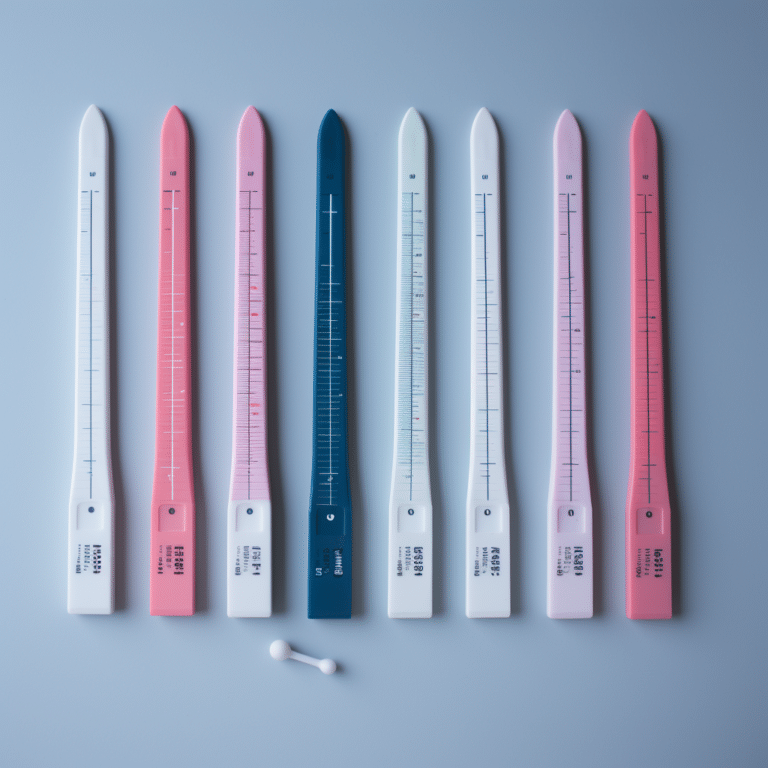Can I Put Fabric Softener In The Bleach Dispenser?
Fabric softener is an important part of keeping your clothes feeling and smelling good. Some washers are designed with a built-in fabric softener dispenser, but if your washer doesn’t have one, you may be wondering if you can put fabric softener in the bleach dispenser.
In this article, we’ll discuss how a beach dispenser in a washer works, whether you can put a fabric softener in the bleach dispenser, and other laundry-related questions.
So, Can I Put Fabric Softener In The Bleach Dispenser?
You can’t pour fabric softener in the bleach dispenser because the two are meant for different purposes in the laundry process. Bleach is used to brighten, disinfect, and remove stains. Fabric, on the other hand, coats clothes with an oily film that makes them soft to the touch and gives them a distinct scent.
After the laundry detergent has done its job and is rinsed away, bleach is diluted and dispensed into the washer’s drum. This delivers maximum efficiency for both bleach and laundry detergent: otherwise, mixing them lessens the effectiveness of each.
Fabric softener is dispensed from the softener during the last rinse cycle. Therefore, if you put it into the bleach dispenser, it would be released too soon to deliver the desired effect.
Fabric softener is released from the softener dispenser during the final rinse cycle. If added to the bleach dispenser, it would be dispensed too soon to achieve the desired effect.
What Happens if Detergent is Put in the Bleach Dispenser?
Although it may not damage the washing machine, the bleach dispenser is specifically made to release liquid chlorine in a timely manner while protecting them at the same time.
That means the detergent spout and drawer are meant for the thickness and other attributes of bleach, which are different from the detergent. The detergent compartment is also designed to dispense bleach at a specific point of the wash cycle for maximum effectiveness.
Adding detergent or fabric softener to the bleach dispenser will most likely not ruin your clothes or washer, but it may result in a wash cycle that’s not as effective in cleaning, disinfecting, and removing stains from clothes.
How Does the Bleach Dispenser Operate?
Depending on the model of your washing machine, the bleach dispenser may start to deploy bleach in the wash cycle either at the beginning or near the end. As the water starts to enter the inner basket of the machine, a diluted bleach solution is slowly added to the water. This is done in order to protect your clothes from being damaged by bleach.
If you forget to pour bleach to your laundry, you can still add it before the first rinse cycle begins. However, if you add bleach too late, your clothes may come out with a strong smell of bleach and may even have a slimy film on them. In case this happens, consider running the clothes through another rinse cycle so you don’t end up transferring bleach to other clothes and damaging them.
The main purpose of the fabric softener compartment is to deliver fabric softener. It is important to use it correctly so that it can release contents well without staining your clothes.
There are a couple of these that you should keep in mind. One is to always dilute thick softeners to prevent clogging. Next, always clean out residue softener from the compartment after you’re done using the machine to prevent buildup.
When starting off, measure and add laundry detergent in the specified compartment. Then add the recommended amount of fabric softener or less where necessary in a measuring cup. To dilute the conditioner, add fill the cup with warm water.
After that, you will need to transfer the fabric softener compartment and make sure that it is not overfilled. Finally, run the washer as normal. The fabric conditioner should dispense be dispensed into the final rinsing water automatically.
How to Use Fabric Softener in a Washer without A Dispenser
Fabric softeners are available in different forms to help achieve great-smelling laundry based on your preferences. Front loaders are typically designed with a dispenser drawer that pulls out and can easily be filled with fabric softener or detergent.
Top loaders, meanwhile, generally come with a drawer located on the front of the washer or a tube in the middle of the drum that gradually dispenses detergent.
In case your fabric doesn’t feature a fabric softener compartment, it’s still possible to add fabric softener to your laundry for soft and great-smelling clothing. That said, it’s important to understand your washer and add fabric softener at the preferable time.
In this case, fabric softener should be manually added during the rinse cycle. If you put fabric softener on the top of your clothes, after you’re done loading them into the machine, you’ll be risking damage and discoloration from fabric softener coming in direct contact with the clothes.
Some companies offer automatically dispensing gadgets that you can include in your laundry when loading clothes. These products, like a Downy Ball, are made to dispense during the spinning of a rinse cycle and can be particularly helpful if you’re unable to inspect the washer so that you can catch the rinse cycle.
Alternatively, you can wait until you hear the rinse cycle start, or better yet use a timer on your smartphone and open the dishwasher and add fabric softener at the preferred time.
Can You Put Vinegar In the Bleach Dispenser?
If you’re one of those who don’t always trust fabric softeners or are dealing with clothes that are not fabric softener friendly, you might be wondering if it’s a good idea to use vinegar in the bleach dispenser. The good news is that vinegar is considered a perfect substitute for fabric softeners.
It is not as costly and delivers impressive softening and freshening benefits. However, you should never add vinegar into the bleach compartment, particularly if you have previously poured bleach into the dispenser. The vinegar reacts with bleach to produce chlorine gas.






